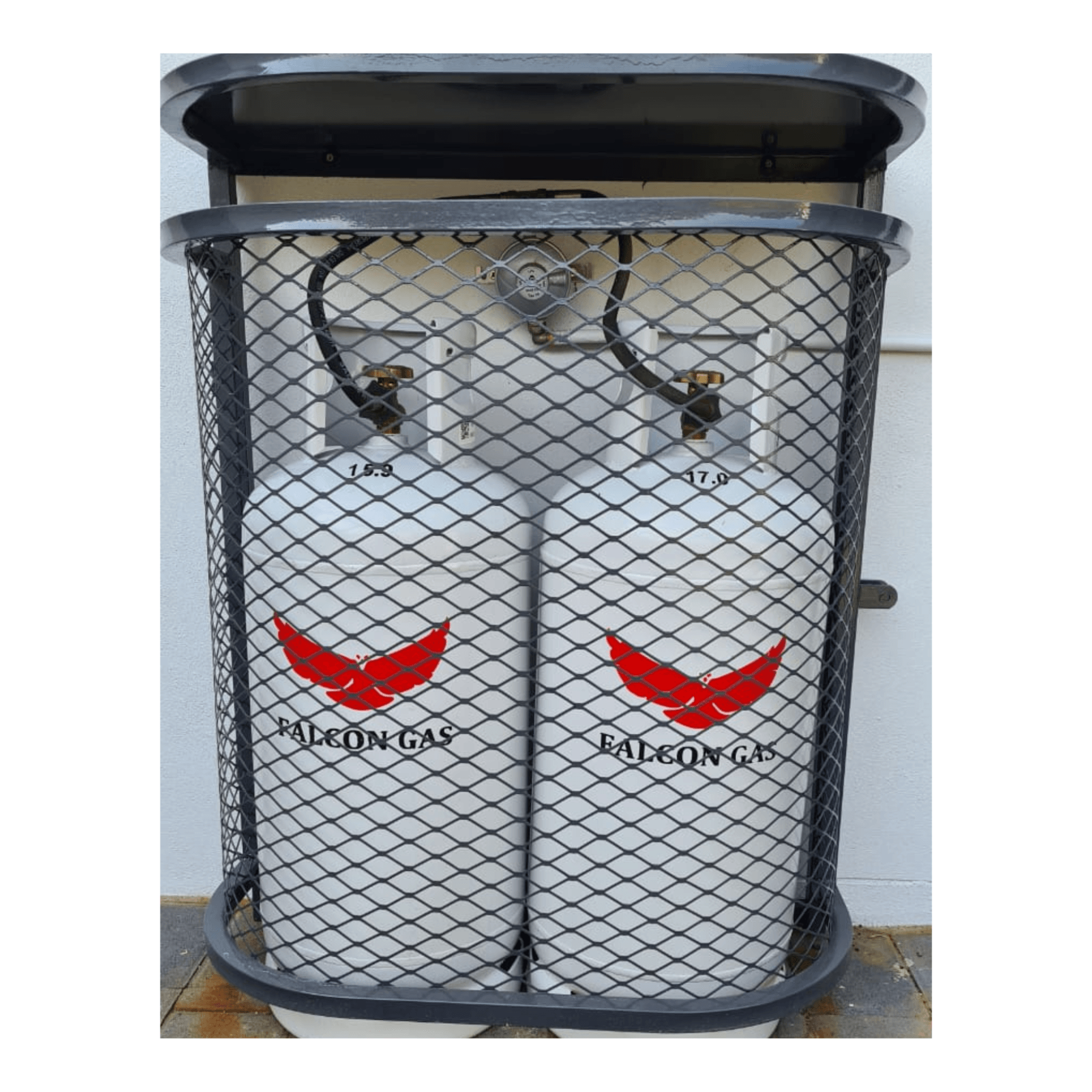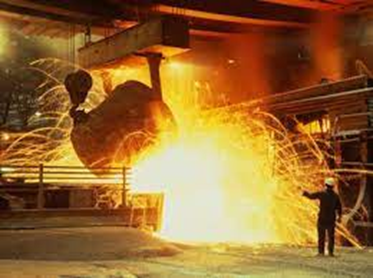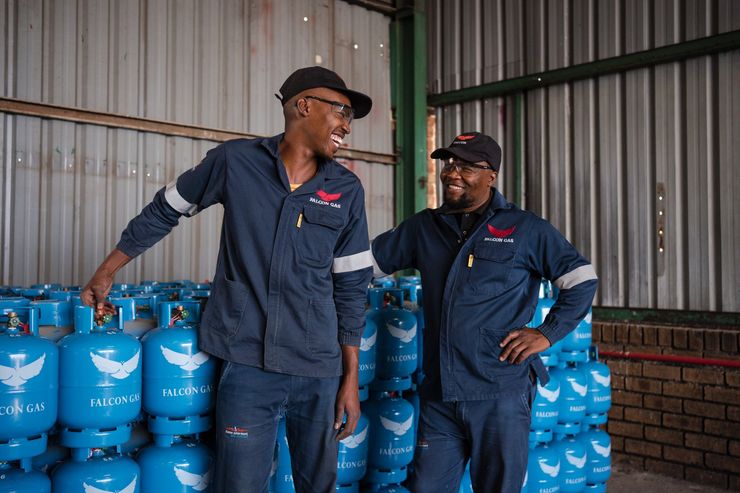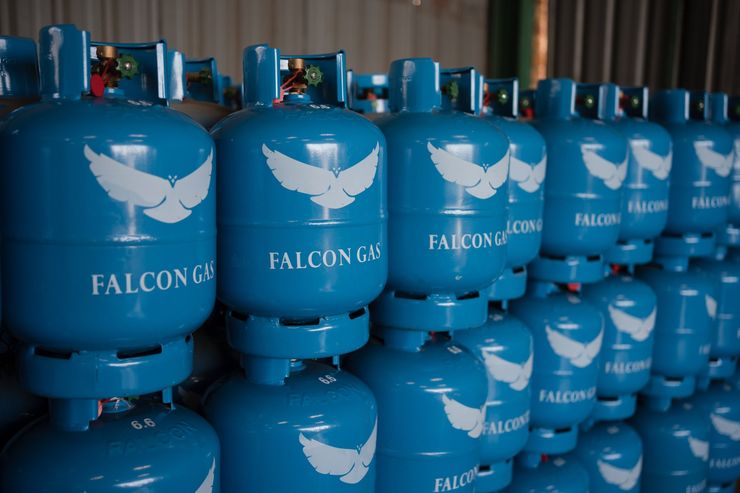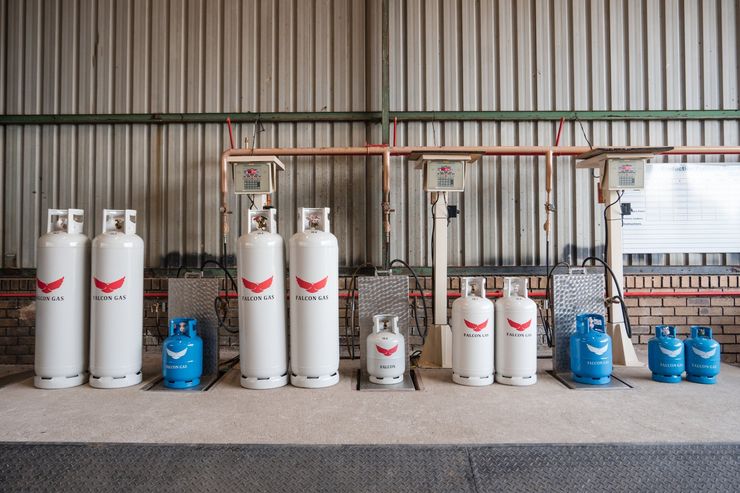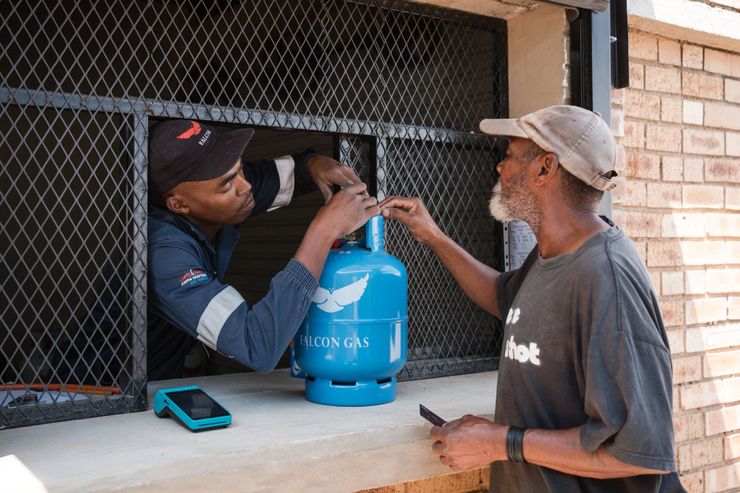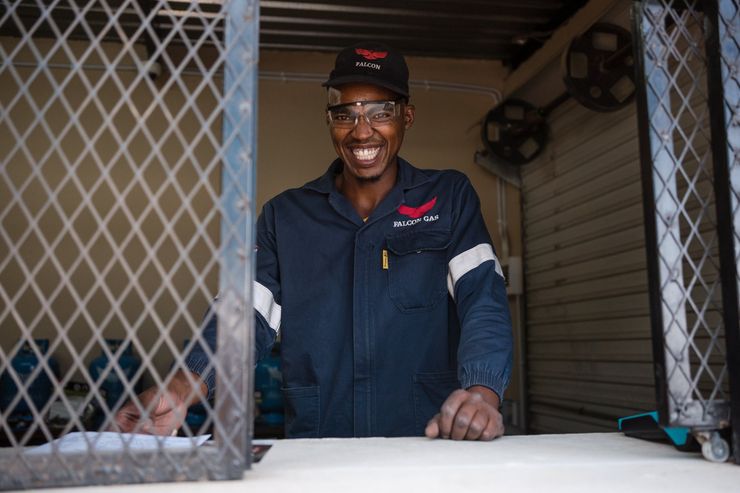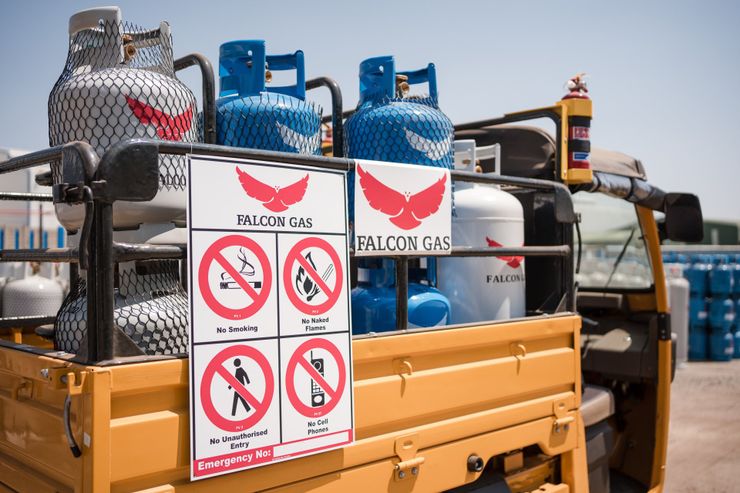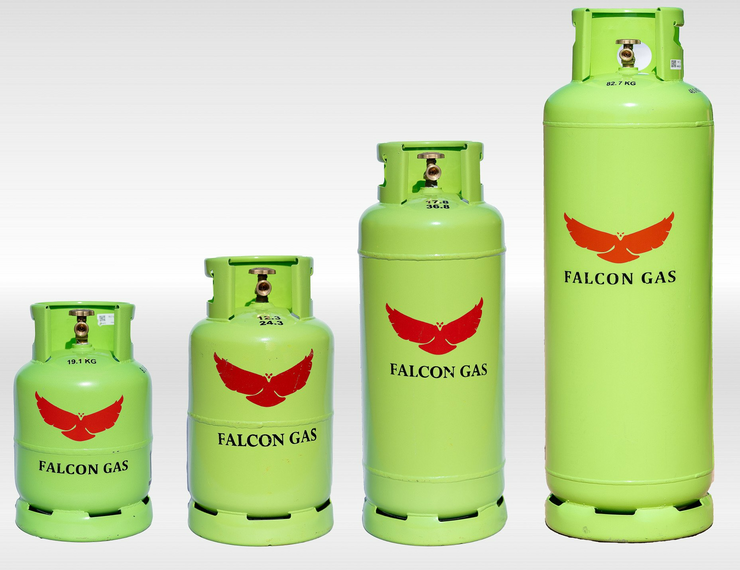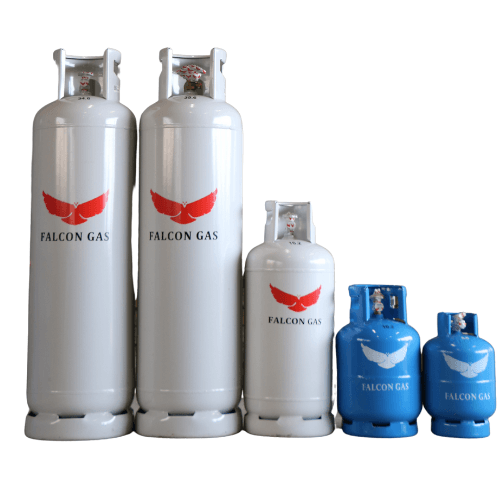LPG is a highly efficient cooking fuel. It is economical and its excellent heating capacity helps you cook your food in less time, saving you a lot on fuel cost. It undergoes complete combustion, produces no residue and particulate matter, which means minimum maintenance cost and lesser carbon footprint.
LPG can provide a first modern alternative to traditional cooking fuels (e.g. firewood, charcoal, dung) in developing rural communities, contributing to a better quality of life and importantly, allowing people to spend less time collecting fuel, and enabling them to pursue value-added economic activities within the community.
LPG systems provide the perfect balance of performance and versatility — central or zonal, furnace or boiler — cost-effectively providing the ability to power the home even when living off the grid.

